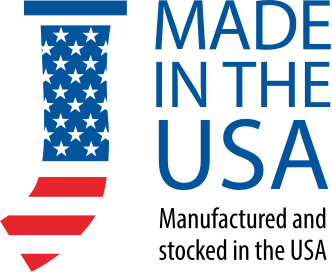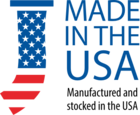
Understanding the Life Safety Code Requirements for Buildings




At Jessup Manufacturing Company, we take pride in our commitment to American craftsmanship. Every product we create is proudly made in the U.S.A., using the finest materials and skilled labor. By manufacturing domestically, we support our local economy and ensure the highest quality standards. When you choose Jessup Manufacturing Company, you can trust that you are supporting American jobs and receiving a product that is made to last. Join us in celebrating the spirit of American manufacturing and choose Jessup for all of your safety and griptape needs.
Cookie Policy
To make our website even better, we use functional and analytical cookies. Information from this website and your preferences are stored in these cookies by your browser.
Essential Cookies
Essential cookies are strictly necessary to guarantee the proper functioning of the website.
Analytical Cookies
With this you allow us to collect anonymous data about the use of the website with third party cookies, such as the number of clicks and the behaviour of visitors on the website. In addition, we can also perform marketing-related actions via this option. By activating this cookie, you help us to further improve your experience.
Marketing Cookies
With this you allow us to collect marketing-related data via third party cookies. By activating this cookie, you help us to further improve your experience.
Performance and Functional Cookies
Performance cookies are generally third-party cookies from vendors we work with or who work on our behalf that collect information about your visit and use of the Accenture website, for instance which pages you visit the most often, and if you get error messages from web pages. Functionality cookies allow a site to remember choices you make (such as your user name, language or the region you are in) and provide more enhanced, personal features.
Privacy Policy
Read more about the use of cookies on this website in our privacy policy.
Not all cookies are bad! We use cookies to operate our website, enhance site navigation, analyze site usage and to make a better overall experience for you. By clicking “Manage Cookies” you can see what cookies we use and adjust your settings and you can change your settings at any time.
